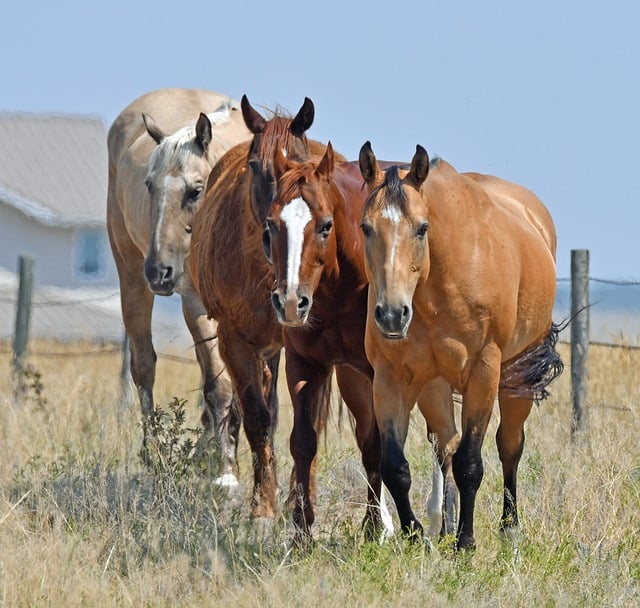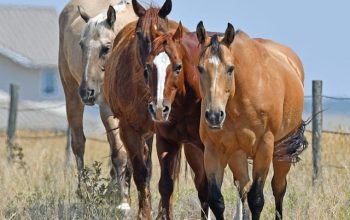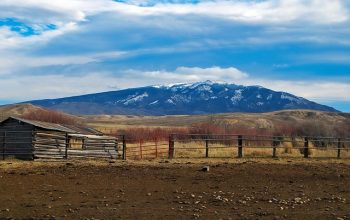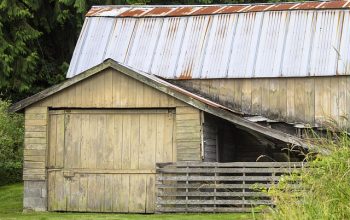Cattle require fences that balance containment with respect for their natural instincts, focusing on open grazing areas and robust construction. Electric fencing is popular in Ontario due to its flexibility and safety benefits. High-tensile wire and wooden post-and-rail fences are durable options catering to both functionality and aesthetics. Effective installation involves considering land topography, using robust materials, proper post placement, high-quality wood, regular maintenance, and potential integration of electric fencing. Well-maintained fences extend lifespan, enhance livestock security, and clearly demarcate property boundaries for Ontario cattle farmers.
Ontario farmers face unique challenges when it comes to cattle fencing, from understanding animal behavior to selecting durable materials. This comprehensive guide explores expert-recommended solutions tailored to the specific needs of Ontario farms. Discover the best types of fencing materials, learn essential installation practices, and gain valuable maintenance tips to ensure your farm fence stands the test of time. Implement these strategies for a secure and efficient cattle management system.
Understanding Cattle Behavior and Fencing Needs in Ontario
Cattle, being intelligent and curious creatures, require fences that not only contain them but also respect their natural instincts. Understanding their behavior is key to selecting an effective fence for farms in Ontario. For instance, cattle prefer to graze in open areas with line-of-sight, so a fence design that allows for visibility can help prevent stress and encourage healthier grazing patterns. Additionally, they are known to rub against fences during certain times of the year, necessitating sturdy posts and robust materials that can withstand this behavior.
When it comes to choosing a fence for farms in Ontario, considerations should be given to both functionality and animal welfare. Electric fencing is a popular choice among cattle farmers due to its effectiveness in controlling livestock movement. This method provides flexibility in creating custom boundaries while ensuring the animals’ safety and well-being. Properly installed electric fences can help maintain order on large properties, allowing farmers to manage their herds efficiently.
Types of Fencing Materials Suitable for Ontario Farms
When it comes to choosing fencing materials for farms in Ontario, several options stand out due to their durability and effectiveness. One popular choice is high-tensile wire fencing, which offers superior strength and can withstand harsh weather conditions. This type of fence is particularly suitable for large properties as it provides good visibility and allows for easy maintenance.
Wooden post-and-rail fences are another preferred option, especially in areas with a rich natural landscape. These fences not only provide adequate security but also blend well with the surroundings. Treated wooden posts ensure longevity, while vinyl or metal rails add durability, making them an excellent choice for farms seeking both functionality and aesthetics. The right fence material selection is crucial for Ontario farms to ensure optimal animal containment and property protection.
Best Practices for Installing Durable Cattle Fences
When installing a cattle fence in Ontario, following best practices ensures durability and effectiveness in containing your livestock. Start by assessing your land’s topography and selecting suitable fencing materials designed to withstand local environmental conditions. Post-and-rail fences are a popular choice for their strength and ability to keep cattle contained without restricting sightlines, which can be crucial for monitoring animal behaviour.
Ensure proper post placement, setting them at least 60 cm in the ground to prevent rot. Use high-quality wood or treated materials for longer lifespan. Regular maintenance, including inspecting and repairing fences after storms or during the fall when foliage debris accumulates, is essential. Consider adding electric fencing components for added security, but ensure it’s installed correctly by professionals to guarantee safety and effectiveness.
Maintenance Tips to Ensure Longevity of Your Farm Fence
Regular maintenance is key to prolonging the lifespan of your farm fence, a vital investment for any Ontario cattle farmer. A well-maintained fence ensures your animals stay secure and your property boundaries are clearly defined. Start by inspecting the fence regularly for any signs of damage or wear, such as loose posts, rotted boards, or broken wires. Repairs should be addressed promptly to prevent further deterioration.
Keep the fence clean and free from debris by trimming vegetation and removing any foreign objects that could hinder its integrity. Additionally, applying a suitable preservative or sealant every few years can protect the fence from the elements, prolonging its structural soundness. Remember, a well-maintained farm fence is not just an investment in your property but also in the peace of mind that comes with knowing your cattle and land are secure.
When it comes to cattle fencing in Ontario, understanding the unique behavioural needs and environmental factors is key. By selecting durable fencing materials, implementing best practices during installation, and maintaining your fence regularly, you can ensure a robust and long-lasting solution for your farm. These expert-recommended strategies will not only keep your cattle safe but also contribute to the overall success and efficiency of your Ontario farm. Remember, a well-designed and maintained fence is an investment that pays dividends in peace of mind and productivity.




